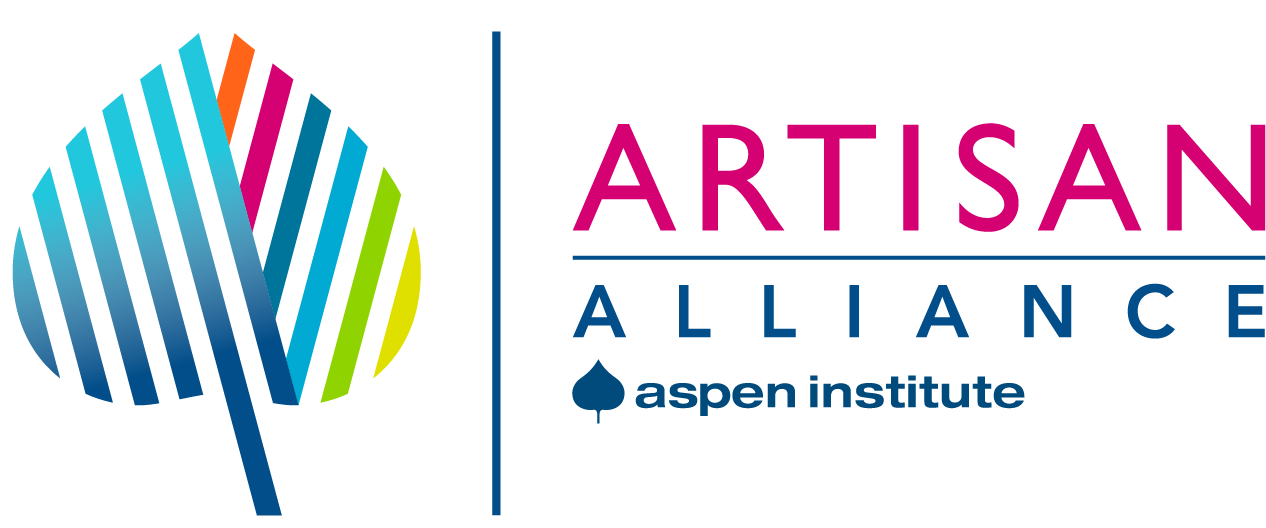The Artisan Alliance has travelled across the globe, conducting field visits to learn more about the social and economic impact artisan work has on refugees. In this set of case studies, the Artisan Alliance explores Indego Africa, RefuSHE, and the Jordan River Foundation, three diverse social enterprises working with refugee artisans in Africa and the Middle East. During these field visits, the Artisan Alliance surveyed program participants, conducted in-depth interviews, and documented the insights of relevant stakeholders from the public and private sphere.
For-Profit Humanitarians: IKEA's Partnership with the Jordan River Foundation
This case study examines the IKEA-Jordan River Foundation partnership in the context of Jordan’s refugee policy, including the government’s priorities, humanitarian strategies, and the for-profit private sector’s response. It describes the partnership in detail, including the incubation phase, business model, investments from each side, risks and lessons learned for possible replication. It offers suggestions for overcoming barriers to forming and expanding similar partnerships.
Creativity & The Arts: An Emerging Impact Investing Theme
Read what Upstart Co-Lab, LISC NYC, Meow Wolf, E-Line Media, Artspace, the Bonfils-Stanton Foundation, Continuum Partners LLC, the UK’s Investing for Good, actor Mary Stuart Masterson, and others have to say about the opportunities art, design, culture, heritage and creativity offer impact investors today in this new report published by Cornerstone Capital LLC.
Hiding in Plain Sight: Impact Investing in the Creative Economy
This report looks at more than 100 funds with $60 billion of aggregate assets that have been investing in the creative economy over the past 5 years. These include conventional, socially responsible, and impact funds focused on ethical fashion, sustainable food, social impact media, other creative businesses and creative places.
Creative Places and Businesses: Catalyzing Growth in Communities
This report looks at investable opportunities in the Creative Economy with the potential to stabilize threatened communities and benefit regions looking to attract and develop quality jobs. This report suggests that impact investment can be used to shape a Creative Economy that is inclusive, equitable and sustainable.
2016 Alliance Impact Report
2014 Alliance Impact Report
In 2014, the Alliance surveyed its member organizations about their work and impact in the global artisan sector. This report is an introduction to the major focus areas of the Alliance for Artisan Enterprise, including innovative financing, policy, research, learning forums, visits, and the Artisan Value Chain Toolkit. It also reveals data on the scope of job creation, income generation, and financing initiatives in our network of artisan entrepreneurs and partners.
Creative Economy Outlook and Country Profiles
"Creative Economy Outlook and Country Profiles: Trends in international trade in creative industries" is a 2015 report published by the United Nations Conference on Trade and Development. This report highlights how increasing demographics, better access to ICTs and dynamic shifts to new lifestyles associated with creative products and services makes trade in these creative industries a promising avenue for future growth.
Cultural Entrepreneurship: At the Crossroads of People, Place, and Prosperity
"Cultural Entrepreneurship: At the Crossroads of People, Place, and Prosperity" is a 2010 report from the Global Center for Cultural Entrepreneurship. It provides a snapshot to the Cultural Economy in New Mexico. This groundbreaking study is the first to demonstrate the links among a family’s cultural security, economic stability, and social well-being.
Measuring Traditional Skills: Taking Stock of What We Have Before We Lose It
Crafting a Livelihood: Building Sustainability for Indian Artisans
"Crafting a Livelihood: Building Sustainability for Indian Artisans" is a 2013 report from Dasra. Artisans are the backbone of India’s non-farm rural economy; however, the number of Indian artisans has been rapidly decreasing due to loss of markets, declining skills and difficulty catering to new markets.
Measuring the Economic Contribution of Cultural Industries
"Measuring the Economic Contribution of Cultural Industries: 2009 Framework for Cultural Statistics" is a handbook from the UNESCO Institute for Statistics (UIS) with an overview of current methods used in different countries worldwide to measure the contribution of cultural industries to the economy.
Creative Economy Report 2010: A Feasible Development Option
Aid to Artisan: Building Profitable Craft Businesses
Handicrafts and Employment Generation for the Poorest Youth and Women
Handicrafts and Employment Generation for the Poorest Youth and Women is a 2007 Policy Paper from UNESCO International's Programme on the Cross-Cutting Theme "Poverty Eradication, Especially Extreme Poverty," written by Noëlla Richard. UNESCO implemented this project to expand on the idea that the development of small handicraft enterprises can be used as a poverty eradication tool.
Global Market Assessment for Handicrafts, Vol. 1
The "Global Market Assessment for Handicrafts, Vol. 1" is a 2006 study by USAID on the state of the global market for artisan goods. This study provides an overview and analysis of the global market for handicrafts and the key trends that affect producers in developing countries, with the ultimate objective of offering practical recommendations for the Haitian handicraft sector.
Weaving Micro and Small Enterprises Into Global Value Chains: The Case of Guatemalan Textile Handicrafts
Drawing from primary research conducted in Guatemala in 2004 -2005, the paper focuses on value chains from the “bottom up,” It examines the extent to which micro and small enterprises (MSEs) benefit from participation in global and domestic value chains, and various market options – both global and local, and the factors that incentivize small firms to upgrade or not.
















